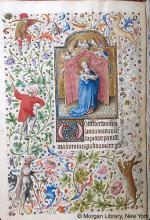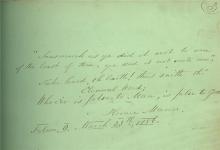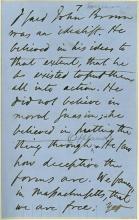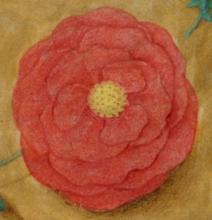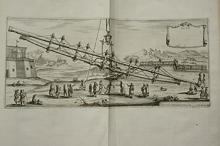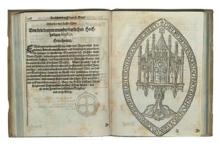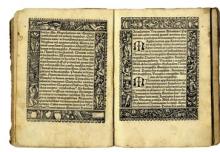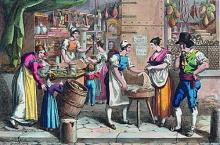Dr. Rabbit Will See You Now
Submitted by William Voelkle on Tue, 03/01/2011 - 10:42amThis playful image from a French 15th-century manuscript depicts a topsy-turvy world in which canine patients seek treatment from a rabbit physician wearing eyeglasses. Some years ago, The Morgan was approached by a firm that wished to use the image in an advertisement for imported burgundy. The red liquid in the beaker the rabbit physician is scrutinizing would, it was hoped, illustrate the wine’s superlative body and flavor.

